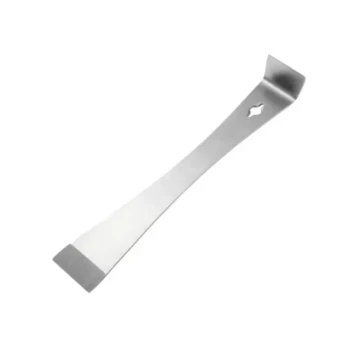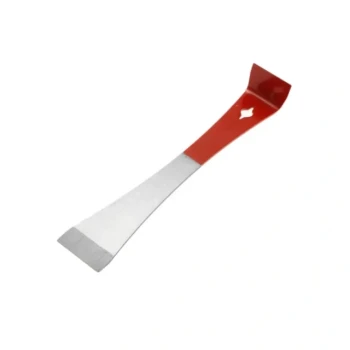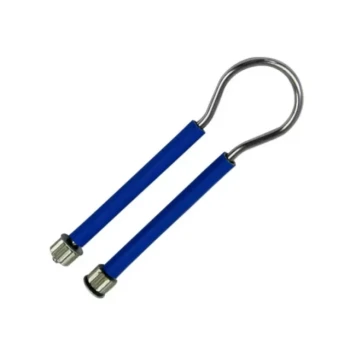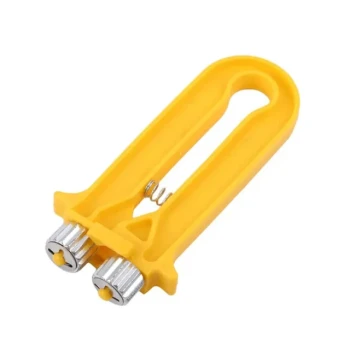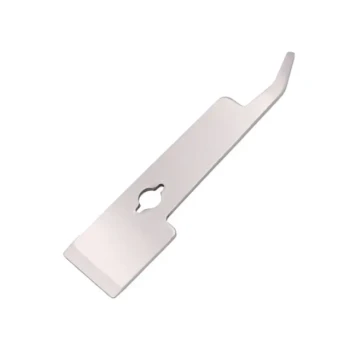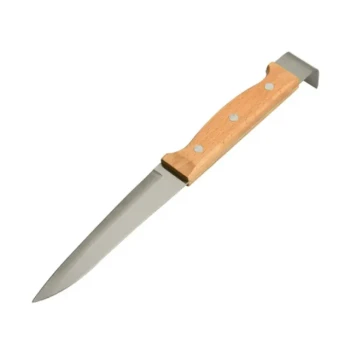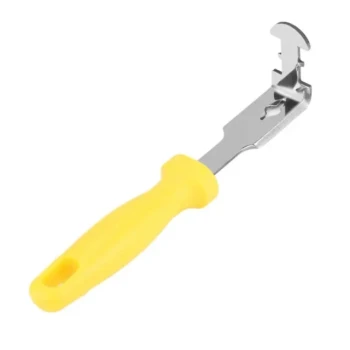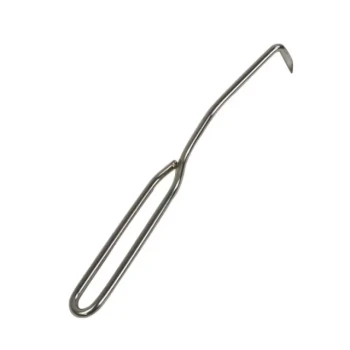Yes, you can absolutely manage a beehive without a frame rest. However, this simple piece of equipment is designed to solve a very common and frustrating problem during hive inspections, making it a highly recommended tool for both new and experienced beekeepers. Using one transforms the inspection from a clumsy juggle into a smooth, orderly process.
The core issue isn't whether a frame rest is essential, but whether you want to make hive inspections easier, safer, and less stressful for you and your bees. A frame rest provides a secure, dedicated space for frames, preventing damage and chaos.
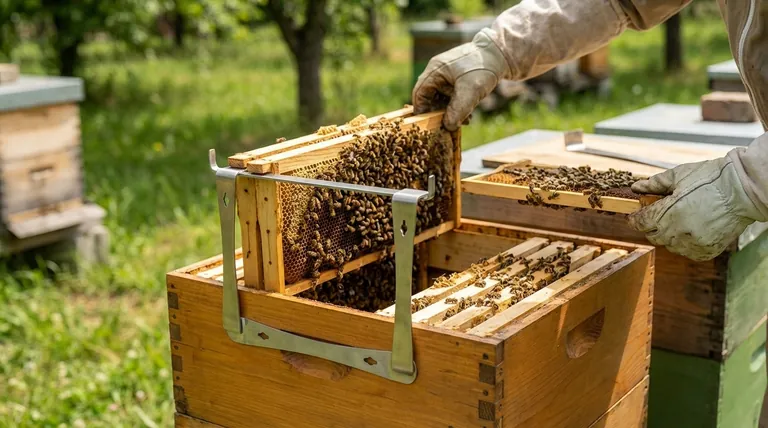
The Core Problem: Managing Space During an Inspection
A hive inspection requires you to remove frames to get a clear view of the colony's health. The challenge arises with the very first frame you pull.
The "Frame Shuffle" Without a Rest
Without a frame rest, you must find a place to temporarily set down the first frame you remove. This often means propping it against the side of the hive or placing it on the ground.
This creates an awkward "shuffle," where you're constantly worried about the unsecured frame while trying to focus on the rest of the hive.
The Risks of Improvising
Placing a frame on the ground can pick up dirt, pests, or pesticides. Propping it against the hive risks it falling over, which can kill bees, damage the comb, and potentially injure the queen if she is on that frame. This disruption also agitates the colony.
How a Frame Rest Streamlines Your Workflow
A frame rest, also known as a frame perch or holder, is a simple metal rack that hangs off the side of the hive body. Its purpose is to solve the "first frame problem" elegantly.
It Creates a "Working Zone"
By hanging the first one or two frames on the rest, you instantly create an open "working zone" inside the hive box. This gives you ample room to slide the remaining frames for inspection without rolling or crushing bees between them.
It Promotes Calm and Efficiency
With the initial frames held securely out of the way, you can proceed with your inspection calmly and methodically. This smooth rhythm is less disruptive to the bees, keeping the colony's stress levels down.
It Protects Your Queen and Brood
The frame rest keeps your frames off the ground and away from potential harm. This is the safest way to handle a frame that might contain your queen, ensuring she isn't accidentally dropped, stepped on, or lost in the grass.
Understanding the Trade-offs
While highly beneficial, a frame rest is still a choice, and it's helpful to understand both sides.
The Minimalist Approach
Some beekeepers prefer to carry as little equipment as possible. They learn to be extremely careful when setting a frame aside. This approach works, but it carries a higher risk and requires more deliberate, slow movements.
A Small Investment for Major Peace of Mind
A frame rest is an inexpensive piece of equipment. For a small cost, you eliminate one of the most common sources of clumsiness and stress during an inspection. The benefit to colony health and beekeeper confidence far outweighs the minor expense.
Making the Right Choice for Your Goal
Ultimately, the decision comes down to your priorities and beekeeping style.
- If your primary focus is minimizing gear: You can certainly work without a frame rest, but always be deliberate about finding a clean, stable place to set your first frame.
- If your primary focus is smooth, low-stress inspections: A frame rest is an invaluable and highly recommended tool that makes the entire process safer for your colony.
- If you are a new beekeeper: Using a frame rest is one of the best ways to build good habits and confidence, allowing you to focus on learning rather than juggling equipment.
Investing in tools that promote calm and careful handling is a direct investment in the health of your bees.
Summary Table:
| Situation | Without Frame Rest | With Frame Rest |
|---|---|---|
| First Frame Handling | Awkward 'shuffle'; risk of damage | Securely hung; creates a clear working zone |
| Risk to Queen & Bees | High risk of dropping, crushing, or losing the queen | Frames are protected; significantly safer |
| Colony Stress | Higher agitation from clumsy handling | Calmer, more orderly inspection process |
| Beekeeper Experience | Frustrating and stressful | Smooth, efficient, and builds confidence |
Stop the juggle and start protecting your investment. A frame rest is a small investment that pays off in healthier colonies and more confident beekeeping. HONESTBEE supplies durable, commercial-grade beekeeping equipment, including frame rests, to apiaries and distributors. Let us help you streamline your operations. Contact our wholesale experts today to discuss your needs!
Visual Guide

Related Products
- Professional Stainless Steel Pry-Bar Hive Tool
- Multi-Function Plier-Style Frame Grip Hive Tool
- HONESTBEE Professional Long Handled Hive Tool with Precision Cutting Blade
- HONESTBEE Professional Multi-Functional Hive Tool with Ergonomic Wood Handle
- Professional Dual-End Stainless Steel Hive Tool for Beekeeping
People Also Ask
- What are the parts of a hive tool? Master Your Hive Inspections with the Right Tool
- What equipment and implements are needed by beekeepers besides the hives? Build Your Essential Beekeeping Toolkit
- Why is it recommended to have multiple hive tools on hand? Essential Tips for Efficient Beekeeping
- What are the features of a regular hive tool? The Essential Multi-Tool for Every Beekeeper
- What is a standard hive tool and what are its features? The Essential Multi-Function Tool for Beekeepers
